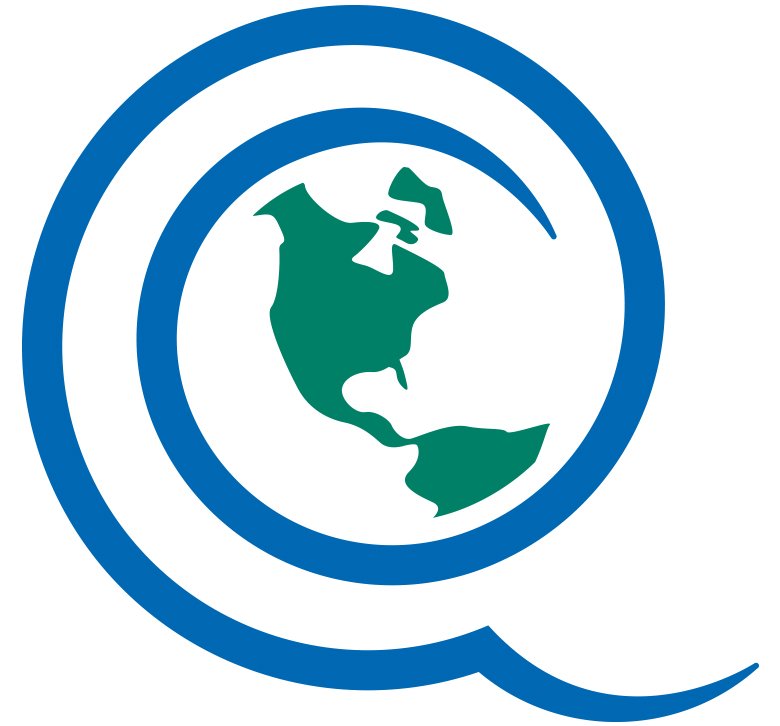My Name is Earth. Planet Earth.
“It is a critical time for Earth Science education. But how much do we know? How much should we know?”
OK….so, we live on this tiny blue marble suspended in the vastness of space. But what do we really know about our planet (our home…our place in space) for which we depend on for EVERYTHING? How much should we know?
In this age of information, studies have shown that our obsession with technological devices has accelerated our isolation, entrapping our minds into unconscious addiction with the allure of incredible new abilities (e.g. www.apa.org/monitor/2011/06/social-networking.aspx). If that is not enough, we are consistently inundated with ingenious advertisements, heavy social pressures, and ever-increasing demands on our precious time. How is it even possible for anyone to ponder our physical and dynamic world? In his book “The Science of Life”, H.G. Wells comments on the understandable human reaction when faced with scientific techno-babble: “Individuals are unavoidably ignorant of much that is established, and reasonably suspicious of much he [or she] hears.”
Perhaps the overwhelming, and often conflicting information has made it difficult (and seemingly unappealing), for us to center our attention to the actual physical and natural environment. What I also find unhelpful is how quickly a new scientific discovery can become skewed throughout the blogosphere and traditional media. In this way incorrect versions of science can lead to serious misunderstandings. And once misinformation is out there, it is exhausting to undo the damage. In the words of Nagilum from Star Trek TNG: “[Humans] are rash, quick to judge, slow to change”.
Should we blame scientists for this vacuum in public understanding? As a scientist, I get to spend all my time thinking about science. But what are the expectations for the average human? I think everyone (yes, EVERYONE!) should know a little about all Earth Sciences, just like everyone should know a little about cooking, health, car mechanics and cleaning a bathroom. I agree with the Geological Society of America’s (GSA) position statement: “This is a critical time for students to understand how Earth works as a system and how humans interact with Earth. Understanding the causes and potential societal consequences of natural Earth processes (e.g., earthquakes, floods, landslides, tsunamis, volcanic eruptions, weather, and global climate change) and the production, availability, and potential depletion of natural resources (e.g., water, soil, mineral, and energy) are of particular importance because they impact our economy, our security, and the safety and sustainability of our environment.” As members and caretakers of our common home, empowering the public with scientific knowledge and skills to make informed decisions is a vital and a key responsibility for science educators, geoscientists, and science institutions.
This is the reason I think public outreach is so important, and why I am deeply honoured to work here at the Quartermain Earth Science Centre. I am excited to join the scientific community in their efforts to promote science. There are many things we can do:
- We can support teachers and students. We encourage the “Earth Science Spin” as geology is an integrated field of science, bringing together biology, chemistry, physics, and environmental science as they apply to the workings of Earth. The applied, and often visual, nature of Earth science helps learners see the connections and relevance of science to their lives and their communities. Engaging teachers and students to learn about Earth supports the development of problem solving and critical thinking skills and highlights the importance of science, technology, engineering, and math (STEM) to their lives now and in their future.
Supporting elementary, middle and high school science can be as simple as visiting classrooms, judging science fairs, organizing geohikes, etc., or as involved as providing research experience to students over the summer. We can also support our educators by providing the knowledge and resources needed to accomplish their mission.
- Let’s support undergraduate field courses and the people that teach them. “The reading of books and the study of specimens will never make the geologist; the geologist is made in the field, not in the laboratory”, Himus and Sweeting 1955, (obtained from the article: “Geoscientists’ perceptions of the value of undergraduate field education”, Petcovic, H.L. et al., GSA Today, July 2014, Vol 24, No. 7). The article continues to explain that although 89.5% of respondents to a 2010/2011 survey agree that fieldwork should be a fundamental requirement for undergraduate geoscience (and in my opinion, a requirement for all geoscience education at every level), increasing pressures of expense, time constraints, liability and accountability related to field work has reduced opportunity.
- We need to be better sales people. This is not easy…especially for scientists. Nevertheless we need spokes people for the Earth Sciences, like Bob McDonald (Quirks and Quarks, CBC) and Bill Nye the Science Guy. We need to find the Carl Sagan of geology - someone who can take the message to the public. To add to Bill Nye’s mantra: “Science Rules….and Geology Rocks!”
I shall endeavor to do my part in providing good Earth Science information to all people. With the support of the Quartermain Earth Science Center and the Earth Science Department at UNB, we shall strive to:
- Provide Earth Science Education to all educational levels, from Kindergarten to grade 12 (Outreach Program).
- Offer lectures and evening talks by highly qualified scientists on relevant, modern Earth-science topics, concepts, and theories (Earth Science Café).
- Provide informative guided tours to geological hotspots around the city and the province (Geo-Hikes).
- Support research on Earth Science and Earth Science education.
- Support and become involved with other Science institutions, museums, groups, clubs, certification and educational programs.
- Conduct Earth Science workshops for Teachers and Educators, providing resources, and ideas for Earth Science activities in the classroom and in the field.
- Support undergraduate and graduate geoscience and science education students through collaborative projects, employment, training and volunteer programs.
Let’s get started!




